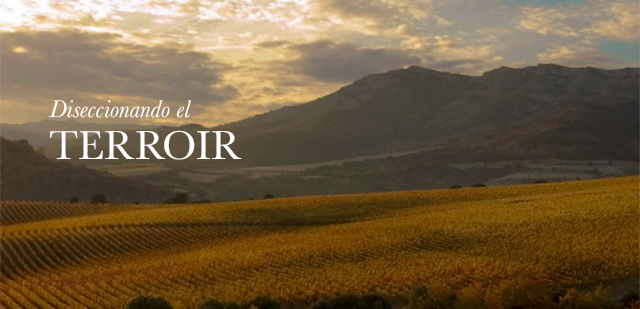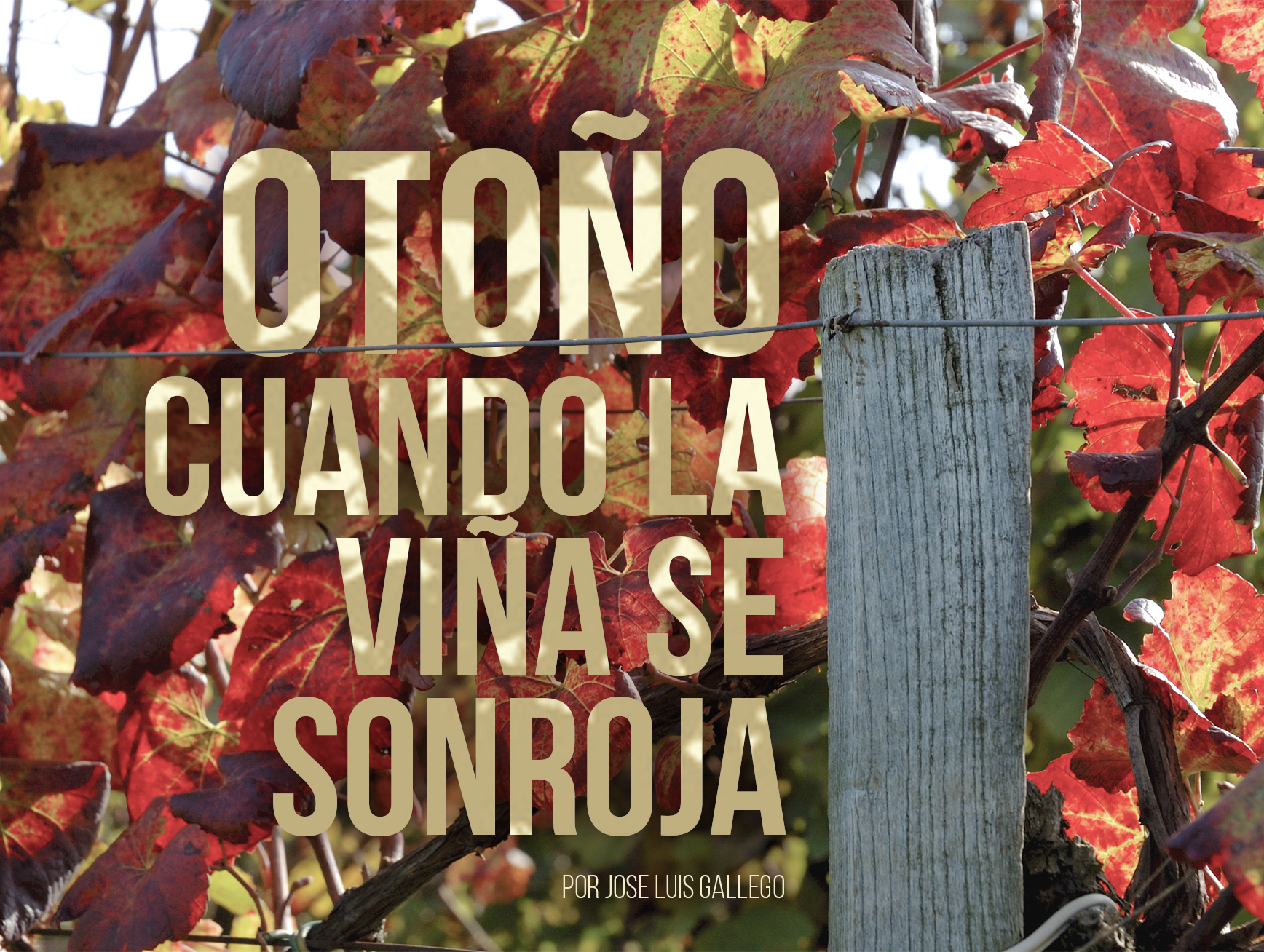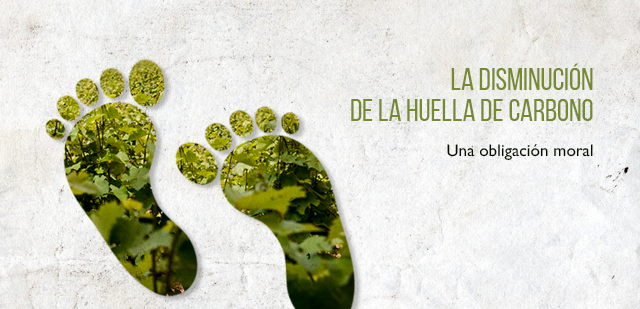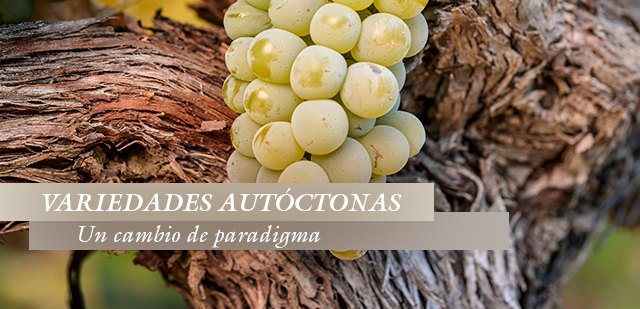Understanding Terroir

The French-derived concept of terroir and what it means can occasionally cause confusion. We could define terroir as a specific, tangible space that can be mapped out and defined by different geological and geographic factors, in addition to directly and culturally reflecting the community that uses it.
Pascal Chatonnet, one of the world's leading enologists, unraveled the complexities of the term at the recent Wine & Culinary International Forum, explaining terroir from three different perspectives: geology, climate and psychology, where the latter refers to the cultural practices that we, as people, apply in the vineyard.
Chatonnet is a man of science, which means he has the geological, climatic and other scientific data to support his explanation. His definition of terroir might be among the most succinct:
“the interaction between a specific environment—its climate and geological profile—and human psychology and culture, which gives rise to a distinctive personality.”
During his talk, the French master enologist took the audience back in time to explain how the concept of terroir is linked to the introduction of the first appellations of origin. This occurred during the 18th century when “the natural scientist and thinker John Locke observed the differences between two parcels, which were only a few meters apart and divided by a creek.”
Chatonnet also emphasized the role of the individual in obtaining “the expression of terroir” by shaping and working on his or her environment—an environment now imperiled by the consequences of climate change, which “threatens to change the map of varieties.”
Mas La Plana
The Mas La Plana vineyard provides an example of what we just described. It extends across 29 hectares in Pacs del Penedès in the pre-coastal Catalan depression (specifically, the Penedès depression between the pre-coastal and coastal mountain ranges).
The vineyard consists of two different soil classes: teula jove and sivill jove.
The most striking differences between the two concern their respective landscape positions and their geology. The sivill jove class has developed on relatively higher ground (residual platforms) where the soil is older compared to the valley floor where one finds the teula jove class. More specifically, sivill jove dates from the Pleistocene period, whereas teula jove has its origins in the Holocene period. Therefore, in the older sivill jove soils, the accumulation of calcium carbonate is more pronounced, limiting root development to a certain degree.
[[{"fid":"8368","view_mode":"default","type":"media","link_text":null,"fields":[],"attributes":{"height":2592,"width":1944,"class":"media-element file-default"}}]]
[[{"fid":"8369","view_mode":"default","type":"media","link_text":null,"fields":[],"attributes":{"height":2592,"width":1944,"class":"media-element file-default"}}]]
Teula jove and sivill jove, respectively; the two soil classes found at the Mas La Plana vineyard.
Soil texture represents another important difference, with sivill jove displaying a moderately coarse texture, containing more sand and less clay than teula jove, which has a medium texture.
Teula jove also contains more organic matter, which indicates a more fertile soil.
In other words, one could say that the two plots, which are only a few meters apart, display significant differences in their geological profiles. Understanding this factor, understanding the influence of the climate, and acting accordingly to draw the best from each parcel means understanding and creating the concept of terroir.
Understanding our environment is also relevant in terms of our ability to adapt to a new climate reality.



